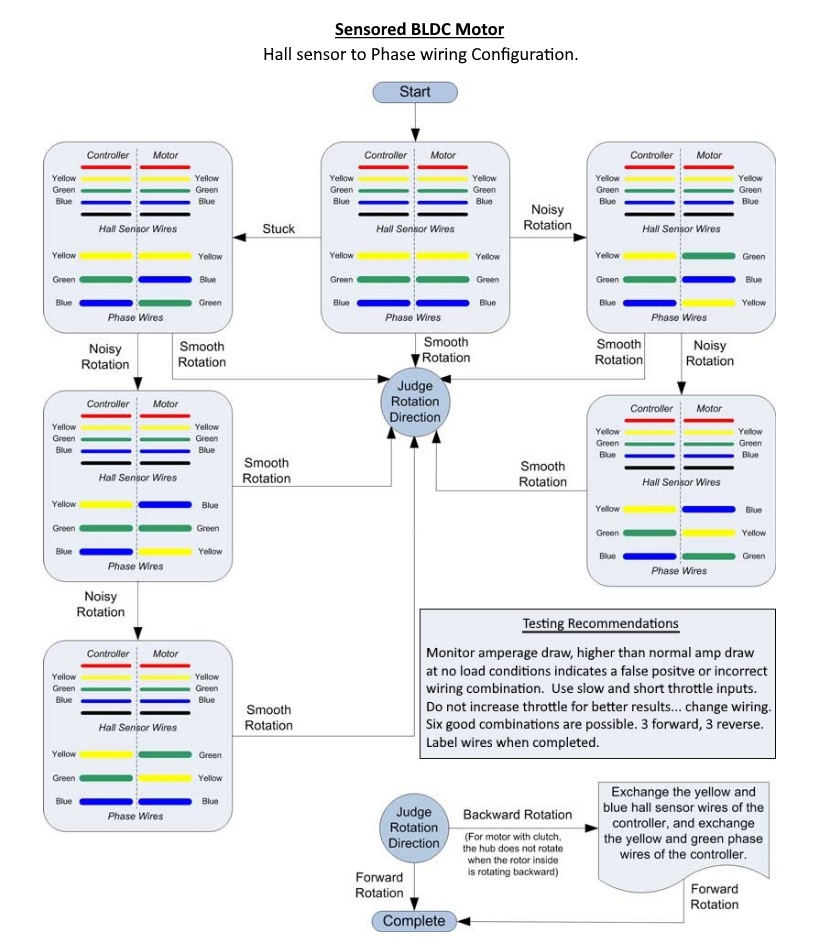Mcmattwich
1 mW
- Joined
- Dec 21, 2019
- Messages
- 15
So I agreed to help upgrade a bike I was contracted to build a battery for. I have built my own bikes, so the required controller upgrade (was going for a higher voltage battery so was necessary) seemed straightforward enough. But it's been an array of problems since . Here are the stats as I know them:
1. Bike is sondors original fat tire, 750w motor upgrade done prior to me
2. Had kt 52v controller originally with lcd3
3. Now running 62.9v battery, with a controller by NB power on amazon, 72v 40 amp, there's no number on it, but it says DC moto by lithium power on it. Sw900 screen
Problems
1. On take off from a dead start with throttle, or high level PAS, the motor wants to make a grinding noise. I'm guessing too high of an amperage, however, setting p14 on the display is not letting me change it.
2. The speedometer is wayyyyyy off. Like it's showing 62mph at a trot.
Please help. I'm extremely handy if any physical changes need to be made to the controller, but I've had this thing for a while. He's patient, but I don't want to be that guy that failed to accomplish something I was supposed to be good at, I've never had this much trouble with any build or upgrade in my life. And it seems like simple stuff
1. Bike is sondors original fat tire, 750w motor upgrade done prior to me
2. Had kt 52v controller originally with lcd3
3. Now running 62.9v battery, with a controller by NB power on amazon, 72v 40 amp, there's no number on it, but it says DC moto by lithium power on it. Sw900 screen
Problems
1. On take off from a dead start with throttle, or high level PAS, the motor wants to make a grinding noise. I'm guessing too high of an amperage, however, setting p14 on the display is not letting me change it.
2. The speedometer is wayyyyyy off. Like it's showing 62mph at a trot.
Please help. I'm extremely handy if any physical changes need to be made to the controller, but I've had this thing for a while. He's patient, but I don't want to be that guy that failed to accomplish something I was supposed to be good at, I've never had this much trouble with any build or upgrade in my life. And it seems like simple stuff


